Performance Analysis
RTX hardware tends to be very workload dependent. Games like Battlefield 1 and Wolfenstein II, for example, see excellent and consistent results, whereas other titles like Shadow of War and Total War: Warhammer II appear to have outliers that impact the minimum frame rate and, especially in the case of the latter, are suggestive of ongoing driver issues. The rankings can change dramatically from test to test; compare the DX11 3DMark Fire Strike standings with those of the DX12 VRMark Cyan Room test, for instance. Meanwhile, as the world patiently awaits DLSS and RTX actually becoming widely available, precisely how the Tensor and RT Cores of the RTX 2070 will play out is a mystery (though you can see some preliminary DLSS performance testing with a Final Fantasy XV demo here). With traditional workloads, though, the RTX 2070 is best suited to 1440p, but it’ll do fine in many titles at 4K as well.
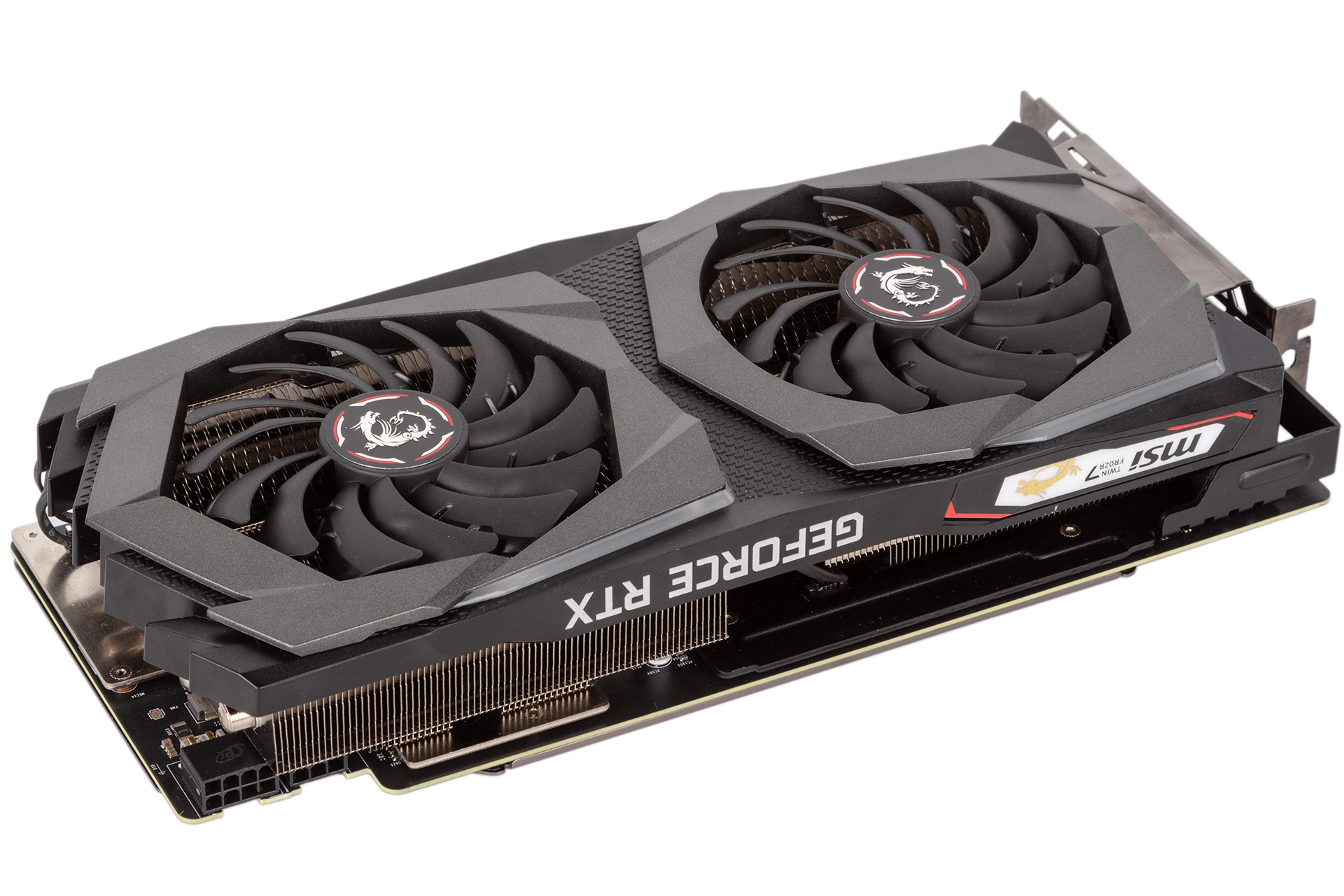
The obvious comparison for this card is the reference-clocked Palit RTX 2070 Dual. The £140 (30 percent) price discrepancy sadly only translates to a lead of seven percent on average for MSI, which is underwhelming. Wolfenstein II is the only game that has double-digit differences that are more what we’d hoped for from the 13 percent boost clock difference.
It’s also interesting to compare this to the outgoing GTX 1080 Ti since it can be found for £650 now (we even saw one at £600 at the time of writing). On average, it’s a solid 12 percent quicker across out tests than this card, scoring big wins in Deus Ex, Warhammer, and World of Tanks as well as 3DMark Fire Strike, but also losing in Wolfenstein II and 3DMark Cyan Room, both are which are favourites for RTX hardware. We also see the difference widen on average as you increase the resolution (GTX 1080 Ti has more raw memory bandwidth, more ROPs, and 3GB more VRAM), but this isn’t consistent across all titles.
Power consumption is way up compared to the Palit card. Our system power consumption figure of 345W here is just 5W behind the RTX 2080 FE and 66W more than the Palit; an efficient card this is not. The Turing architecture certainly leaves something to be desired when it comes to efficiently raising clock speeds.
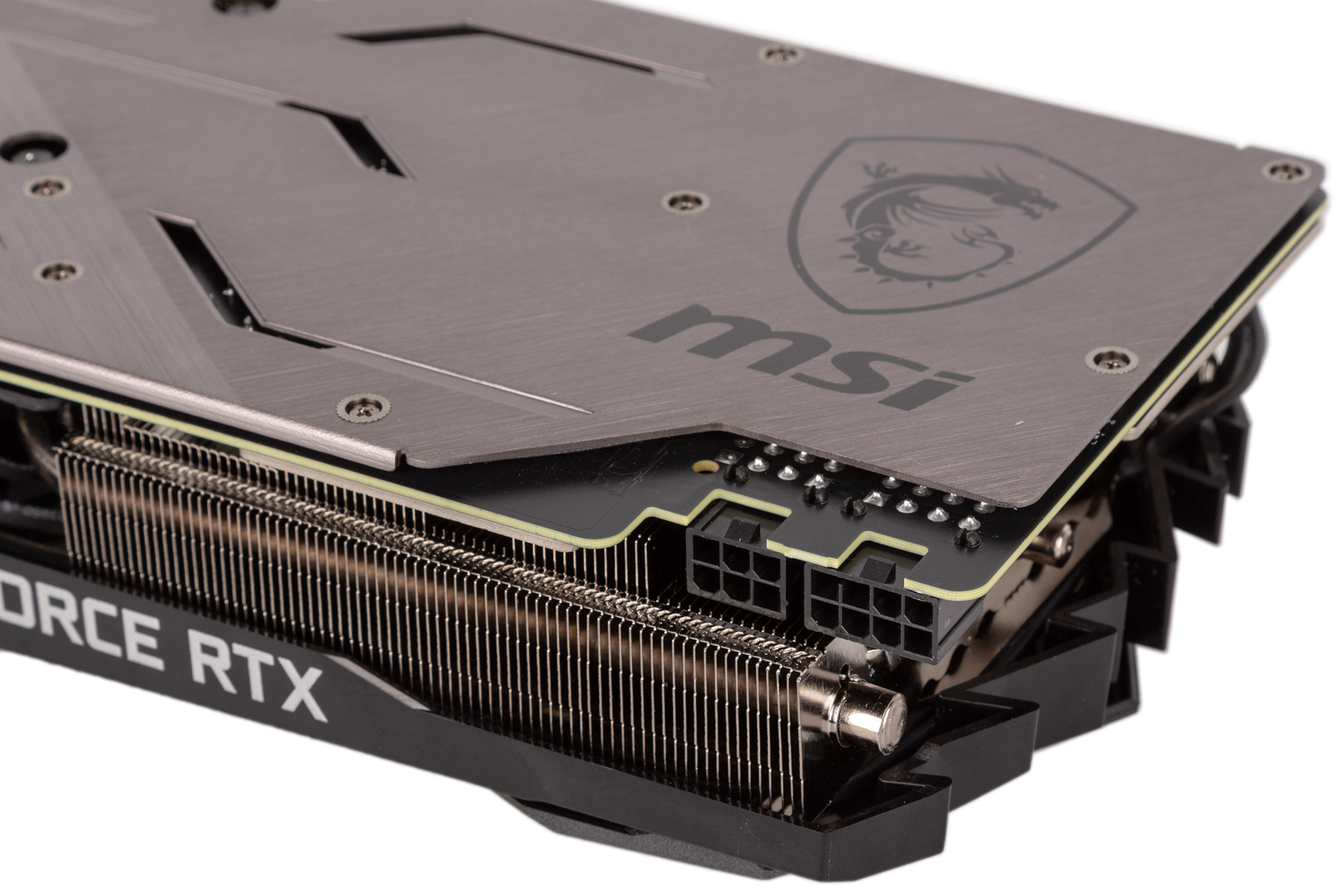
In fairness to MSI, the added stress from the extra power is handled excellently by the Twin Frozr VII cooler. The GPU clock speed remained fixed at 1,920MHz under sustained load with voltage and power listed as the performance cap – not thermals. The fans spin at different speeds, but both were comfortably sub-1,500 RPM, meaning the card was very quiet indeed. All this while maintaining a very cool delta T of just 42°C – cooling performance here is undeniably great.
Pushing the RTX 2070 so high means that manual overclocks will be pretty marginal, just as ours was. We had the card running slightly faster (1,950MHz solid), but at this point it was consuming even more power than the RTX 2080 FE while still being slower. Despite the difference in TU106 GPUs, the Palit card was pretty much as good an overclocker as this one when pushed to the max.
Conclusion
If you have £600 for your GPU budget, the RTX 2070 custom partner cards will be on your radar. After all, they occupy this slice of the market pretty much by themselves, with Vega 64 and reference RTX 2070 comfortably below, and GTX 1080 Ti and RTX 2080 much closer to the £700 mark. There’s still the odd GTX 1080 Ti that might give you pause for thought, but with recent news emerging that these are no longer being produced, it seems like this state of affairs could end soon.
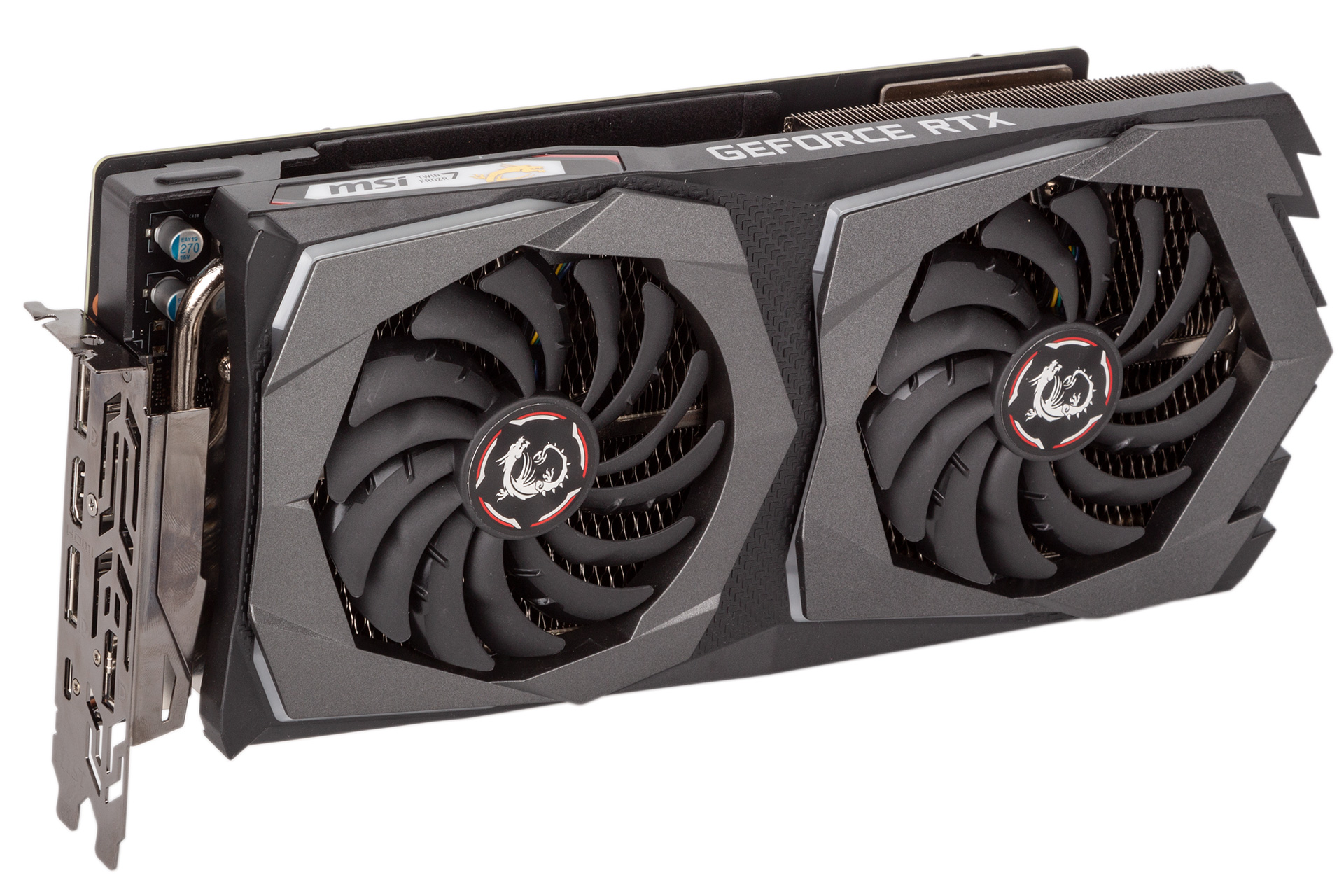
Regarding the RTX 2070 Gaming Z specifically, MSI has done little wrong. While the overclock is perhaps a little underwhelming in terms of how much benefit it offers, fact is that MSI is pushing the TU106-400A GPU almost to its limit, as evidenced by how little extra is available to squeeze out of it. This certainly isn’t a token overclock, and while it does make for added strain in the form of power and heat, the Twin Frozr VII cooling solution is really excellent, delivering the dream combination of low temperatures, low noise, and zero throttling. The RGB lighting is bold and bright, and the metal backplate and anti-sag bracket make for a well-rounded third-party offering with plenty of bells and whistles suitable for a flagship offering. However, as a result, this isn’t a card that emerges that strong on a price-performance metric. Obviously, it wasn't really designed to, but it's worth noting nonetheless.
It’s a lucky few that do have £600 to spend on a GPU, but even if we did we’d wait and see what the RT and Tensor Cores can bring to the table. And even if you simply can’t wait any longer for an upgrade, the looming presence of the GTX 1080 Ti makes this card a tough sell in spite of its many advantages. As we said, that won’t always be the case, but right now the presence of that known entity will continue to be a thorn in the side of RTX hardware side until we’re able to see what it can really do in a variety of DLSS and ray tracing applications.

MSI MPG Velox 100R Chassis Review
October 14 2021 | 15:04

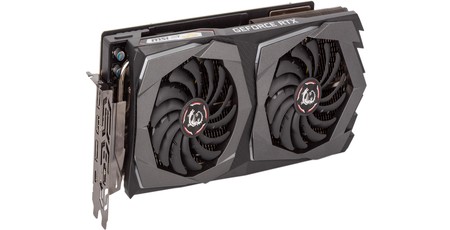

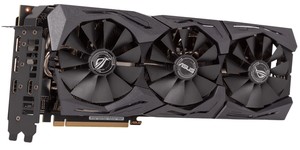
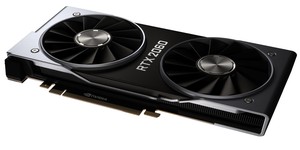




Want to comment? Please log in.